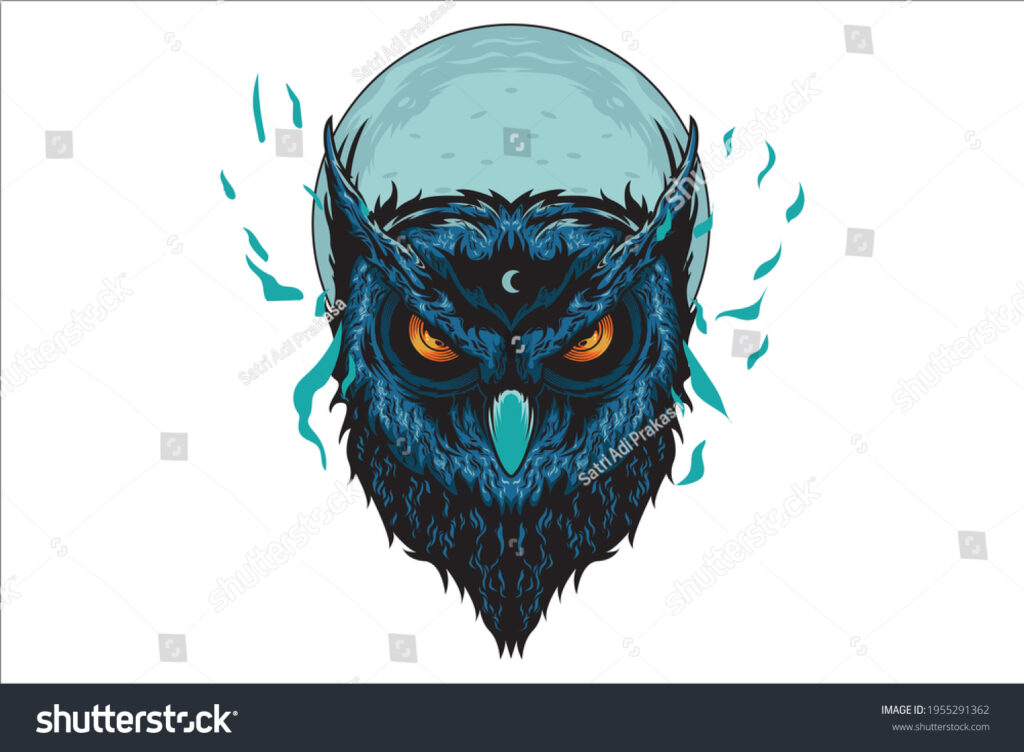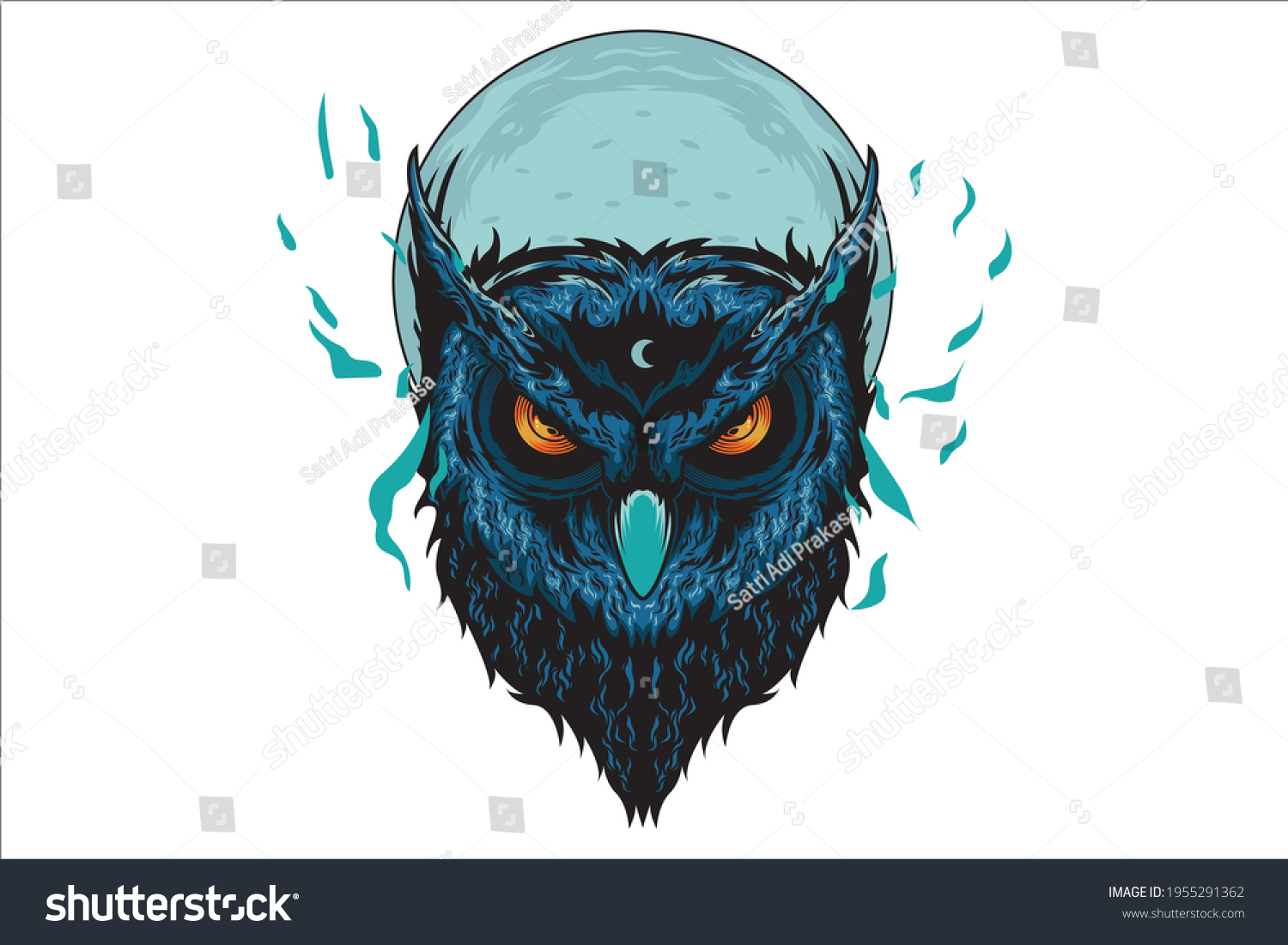
Unmasking the Demon Owl: Myth, Reality, and Conservation Concerns
The term “demon owl” conjures images of nocturnal predators shrouded in mystery and fear. While no specific owl species is officially designated as the “demon owl,” the moniker often attaches itself to various large, striking owl species known for their imposing presence and haunting calls. This article aims to dissect the myths surrounding these birds, explore the real owls that might inspire such a name, and address the conservation concerns they face.
The Lore and Legend of the Demon Owl
Across cultures, owls have been symbols of wisdom, prophecy, and, sometimes, ill omen. The “demon owl” archetype likely stems from a combination of factors. Their nocturnal habits make them creatures of the night, a realm often associated with the supernatural. Their large eyes, capable of piercing the darkness, can seem unnervingly intelligent. Their silent flight and sudden appearance can startle even the most seasoned observer. And, of course, their distinctive calls, ranging from eerie hoots to bloodcurdling screams, contribute to their mystique.
Folklore often paints owls as messengers of death or harbingers of bad luck. In some cultures, they are believed to carry the souls of the deceased or act as familiars to witches. This association with the darker side of the spiritual world has undoubtedly fueled the “demon owl” narrative.
Candidates for the Title: Which Owls Inspire Fear?
While no single owl species perfectly embodies the “demon owl” persona, several contenders fit the description based on size, appearance, and vocalizations. These include:
- The Eurasian Eagle-Owl (Bubo bubo): One of the largest owl species in the world, the Eurasian Eagle-Owl boasts impressive size, striking orange eyes, and powerful talons. Its deep, resonant hoot can carry for miles, adding to its imposing presence.
- The Great Horned Owl (Bubo virginianus): Found throughout North and South America, the Great Horned Owl is a fierce predator with prominent ear tufts that resemble horns. Its varied vocalizations, including hoots, screams, and hisses, contribute to its intimidating reputation.
- The Barn Owl (Tyto alba): While not as physically imposing as the Eagle-Owl or Great Horned Owl, the Barn Owl’s heart-shaped face and piercing shriek can be unsettling. Its pale plumage and habit of nesting in abandoned buildings further add to its eerie aura.
- The Stygian Owl (Asio stygius): This lesser-known owl species, found in parts of Central and South America, possesses a particularly haunting appearance. Its dark plumage, piercing yellow eyes, and prominent ear tufts give it a distinctly menacing look. The Stygian Owl is a true “demon owl” in terms of visual impact.
It’s important to note that the perception of these owls as “demonic” is purely subjective and culturally influenced. In reality, these birds are fascinating and ecologically important members of their respective ecosystems.
Ecology and Behavior: The Real Lives of “Demon Owls”
Regardless of their perceived image, owls are highly specialized predators adapted for nocturnal hunting. Their keen eyesight, exceptional hearing, and silent flight make them formidable hunters. They primarily prey on small mammals, birds, insects, and fish, playing a crucial role in regulating populations within their ecosystems. The “demon owl” actually helps control rodent populations, benefiting agriculture and human health.
Owls exhibit a wide range of behaviors, including complex mating rituals, territorial displays, and parental care. They typically nest in tree cavities, rock crevices, or abandoned buildings, depending on the species. Both parents participate in raising their young, providing food and protection until the owlets are ready to fledge.
Conservation Concerns: Protecting the Night Hunters
Despite their fearsome reputation, many owl species face significant threats to their survival. Habitat loss, due to deforestation, urbanization, and agricultural expansion, is a major concern. The destruction of forests and grasslands deprives owls of nesting sites, hunting grounds, and prey sources. The “demon owl” and other owl species are impacted by habitat destruction.
Pesticide use also poses a threat to owls. Rodenticides, commonly used to control rodent populations, can poison owls that consume poisoned prey. Bioaccumulation of pesticides in the food chain can also weaken owls and reduce their reproductive success. Careful consideration of pesticide use is crucial for protecting owl populations.
Collisions with vehicles and power lines are another significant cause of owl mortality. Owls often hunt near roads and power lines, increasing their risk of being struck by vehicles or electrocuted. Mitigation measures, such as installing bird diverters on power lines and creating wildlife corridors, can help reduce these risks.
Climate change is an emerging threat to owl populations. Changes in temperature and precipitation patterns can alter habitat suitability and prey availability, impacting owl distribution and survival. Monitoring owl populations and implementing conservation strategies that address climate change impacts are essential.
Debunking Myths and Promoting Conservation
It is crucial to dispel the myths surrounding “demon owls” and promote a more accurate understanding of these fascinating birds. Education and outreach efforts can help change negative perceptions and foster appreciation for owls and their ecological role. By understanding the true nature of these creatures, we can move beyond fear and embrace their importance in the natural world. The “demon owl” should be seen as a symbol of nature’s power and beauty, not as a harbinger of evil.
Supporting conservation organizations that work to protect owl habitats and reduce threats is essential. Participating in citizen science projects, such as owl monitoring programs, can also contribute to conservation efforts. By working together, we can ensure that these magnificent birds continue to grace our night skies for generations to come.
The Future of the “Demon Owl”
The future of these owls depends on our ability to address the threats they face and promote their conservation. By protecting their habitats, reducing pesticide use, mitigating collisions, and addressing climate change, we can help ensure their survival. Furthermore, by challenging the negative stereotypes and promoting a more accurate understanding of these birds, we can foster a greater appreciation for their beauty and ecological importance. The “demon owl,” like all creatures, deserves our respect and protection.
In conclusion, while the term “demon owl” may evoke images of fear and superstition, the reality is that these birds are fascinating and ecologically important members of their ecosystems. By understanding their true nature and addressing the threats they face, we can ensure that these magnificent creatures continue to thrive in the wild. Let us move beyond the myths and embrace the beauty and power of the “demon owl.” [See also: Owl Conservation Strategies] [See also: Understanding Owl Vocalizations]

